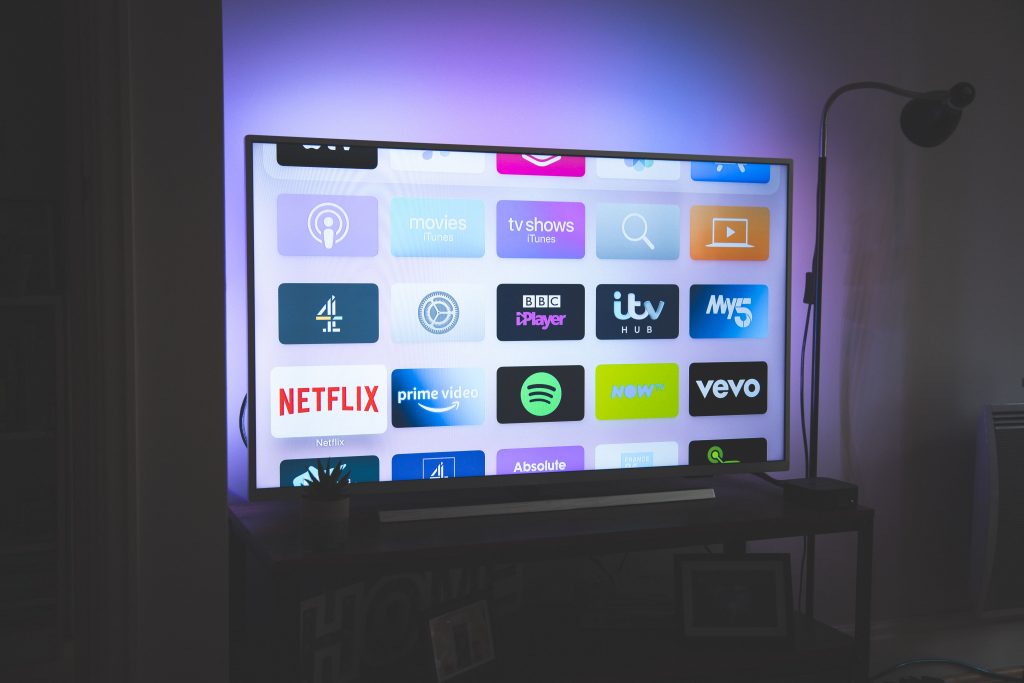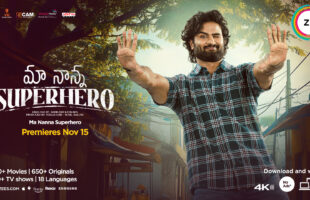
GettyImages
This story appears in the March-April 2021 issue of Television Asia Plus.
Take a paragliding accident, star-crossed lovers and the world’s most secretive country, and you’ve got yourself one of the biggest TV phenomenons in Asian history. Premiering in February 2020, South Korea’s Crash Landing on You has become one of a multitude of Asian dramas providing a distraction to the ensuing chaos and boredom that has defined 2020. Now, with months of continued uncertainty on the horizon, Asian drama is primed for another meteoric year with cord-cutting and connected television (CTV) at its very centre.
Korean drama has ranked huge in popularity across Asia since the 1990s, but never before have audiences had so many viewing options that cross borders and nationalities throughout the continent. From Japan’s Alice In Borderland, China’s Love O2O and scores of Korean dramas, Asian viewers have been spoiled for content these last 12 months.
Meanwhile, in smartphone-saturated South East Asia, the television industry has seen explosive growth of over-the-top (OTT) and streaming players, with US behemoth Netflix competing with the likes of Viu, iQiyi, GoJek GoPlay and HBO Go Asia.
According to a recent report by The Trade Desk, last year, audiences watched eight billion hours of streaming content per month or seven hours per day, all largely watched on their smartphones. Meanwhile, US giant Netflix signed up 9.3 million paid subscribers in 2020.
As of 2019, mobile internet user penetration was at 48%, equating to 2 billion users, and is forecasted to reach 61% in 2025 in the Asian region and is one of the main ways that users will engage with video content moving forward.
While these statistics are good news for both audiences and marketers in terms of a greater array of content and advertising outlets, the challenge is now bringing these fragmented platforms together and giving both sides a more seamless experience.
This is where CTV has a crucial role in bringing all these different streams together. Utilising the wealth of data available from these platform subscriptions, marketers now have the ability to bring personalised advertising that cuts across devices and speaks to both a household as a whole and the individuals within.
With CTV, brands can tailor ads to the audience’s demographics or interests: from pre-rolls to midway ads, and the choice to make them unskippable. The result is millions of viewers who are engaged at the moment, paying close attention to the screen, and allowing advertisers to reach consumers in a brand-safe environment of high-quality content.
Being able to segment audiences is one of the key components of CTV, especially in terms of building stronger connections with the targeted audience. With segmentation, you can distinguish who’s watching content across different genres such as action and rom-com, by identifying fans of shows including True Beauty, Itaewon Class and It’s Okay Not To Be Okay.
With Gen-Z forming the bulk of K-drama audiences (68%) marketers are able to leverage the power of wider Korean culture fandom, resulting in millions of viewers engaged at the moment. For example, through Rakuten Viki’s streaming platform, we worked with a global automobile company to launch their latest entry-level model, bringing the brand in front of young and passionate fans who are interested in test drives.
Similarly, brands that are able to immerse themselves not only with the content but the fan cultures and communities surrounding them will gain the most from CTV in Asia. This fan engagement can help bring brands closer to consumers who are immersed, boosting the overall impact of their omnichannel marketing strategy.

The season of addressability
For many months, viewers have been watching shows in isolation with the pandemic putting an end to mass public viewings, which became popular during the last few seasons of Game of Thrones.
However, COVID-19 has prompted the rise of new habits such as virtual watch parties, where groups watch content at the same time, allowing fans to keep the sense of community alive. Watching online has never been easier with the multitudes of platforms to hand, from global giants Netflix and Amazon Prime to niche players such as Rakuten Viki, Kocowa and AsianCrush.
The mixture of ad-supported video-on-demand (VOD) and subscription-based VOD does pose a challenge for marketers trying to reach audiences across such a spectrum of channels. However, CTV makes this easier than the past of free-to-air TV due to the amount of first-party data accessible from these platforms.
Not only does this mean lower costs than traditional broadcasting, but real, addressable advertising that reaches young audiences with much more certainty than with linear TV.
Having skyrocketed initially in the United States and Europe, CTV is now making waves across Asia as audiences become increasingly immersed in the diverse offerings of these VOD platforms. But by capitalising on this early on, brands have a golden opportunity to be hyper-focused and reach a highly sought-after youth audience like never before.
About the author:
Stuart is in charge of leading the growth of Rakuten Advertising’s business in the Asia Pacific region. He ensures that the right people, processes, and products are developed to help clients and partners grow their businesses by reaching and converting new customers.
With over 13 years of experience, Stuart has a proven track record of scaling digital marketing teams to meet the fast-paced demands of the industry, as well as overseeing the performance marketing strategies of the world’s most prestigious brands such as Adidas, Gucci, and Burberry.
Prior to joining Rakuten Advertising, Stuart built and managed the UK’s largest specialist paid social advertising team, as well as tripled the size of its Singapore business.







